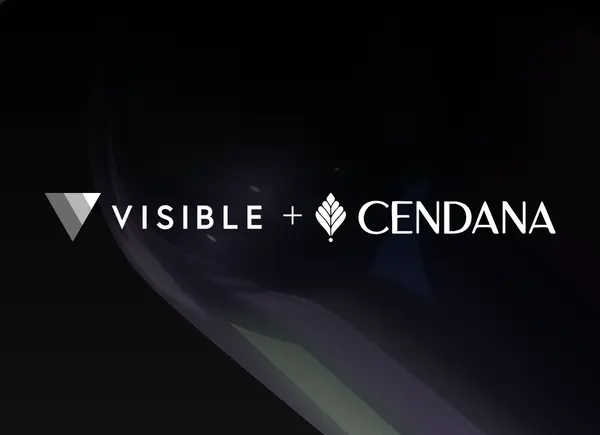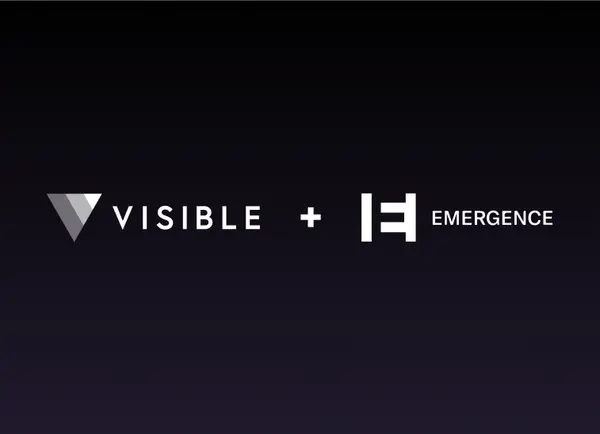Qualifying leads properly is one of the most effective ways to ensure a healthy sales funnel. In order to do it right, your sales team has to examine whether or not a company qualifies on three different levels. As Bob Apollo argues, a good prospect will exhibit behaviors that earn a sales qualification in three separate categories: “organization-level,” “opportunity-level,” and “stakeholder-level.”
Let’s take a look at the kinds of questions Hubspot uses to determine what your team needs to ask and what they should understand about potential leads to find the right fit for your company.
Organization level
Is this company the right size? Do you sell to their industry? Is this a company that fits the buyer persona you’ve outlined?
Opportunity level
Can you actually fill a specific need for this potential client? Do they have the budget to make it happen?
Stakeholder level
Is this the person that can actually make the deal happen? Will the money come out of their budget? Who decides the criteria for making a purchasing decision?
If the client is way off from your buyer persona, you can cross them off the list immediately. They don’t qualify on an organizational level. If they aren’t feeling the specific pain your company serves, you’ll be wasting their time. You should know how to solve their problem better than the potential client. If they aren’t ready for the solution, you risk on-boarding someone doomed for a bad experience and a quick cancellation.

Remember the most important lesson: you don’t need to grow unnecessary leads. It’s one of the hardest lessons any sales staffs will learn (especially as sales development teams aim for lead quotas), but stuffing your pipeline with unqualified prospects will only clog your path to closing real customers. Reinvest your time into researching and listening to your best qualified prospects instead. Even if you close an unqualified lead, you’re setting yourself up to take a likely loss on lifetime value and won’t enjoy the negative churn opportunities with account expansion. Find incentives for your sales development teams to reign in only the best potential clients.
You might consider developing a qualification framework to deliver to your sales staff. Many deals your team will close will share similar behavior and commonalities. Providing a specific framework can help reinforce that message and methodology across the organization.
Ever since IBM popularized the method in the early days of software sales, BANT (Budget, Authority, Need, Timeline) has been the go-to framework for determining a client’s qualification. To make adjustments for the realities of SaaS sales, SalesHacker argues for an updated version of BANT. As Jacco Van der Kooij outlined, the prioritization of BANT doesn’t jive with the needs of most potential SaaS customers. “When SDRs are given BANT to qualify a deal, it backfires as they essentially are starting to sell while a client is still in ‘education’ mode,” he said. “When AEs are executing BANT to qualify a deal, they are getting affirmative answers yet the deal is still not qualified.”
For instance, budget will play less of a role for your SaaS sales efforts than it would for traditional software companies. Almost all your qualified SaaS leads won’t have to worry about clearing the necessary budget for the monthly or annual subscription fee. Your prospects will be more concerned about whether the problem you’re proposing to solve is worth prioritizing. Knowing that allows your account executives (AEs) or sales development reps (SDRs) to get more specific in qualifying. Let them ask “is what we’re offering something your company needs right now?” once a prospect has been properly educated on the product. Here’s how Van der Kooij would rework BANT to NTBA:
- N = Need = Impact on the customer business
- T = Time-line = Critical event for the customer
- B = Budget = Priority for the customer
- A = Authority = Decision Process the customer goes through
Finally, if your company uses lead scoring—a quantitative scoring sheet to analyze potential leads—makes sure to take a thorough qualitative assessment as well. There are almost an endless amount of behaviors that any client could display that might tip you off on their qualifications, but they may not rise to the surface immediately. Plus, it may months to score all the characteristics you require to qualify, which could lead to the decay of the initial behaviors. Instead of waiting on the client to take the actions you need, spend more time evaluating their potential need for the tools you’re offering and identifying the person in the organization who can make that happen.
Further reading
http://www.saleshacker.com/bant-sales-qualification-new-era/
https://mattermark.com/effective-lead-scoring-includes-company-data/
http://blog.hubspot.com/sales/ultimate-guide-to-sales-qualification#qualifying
What’s an Acceptable Churn Rate?



